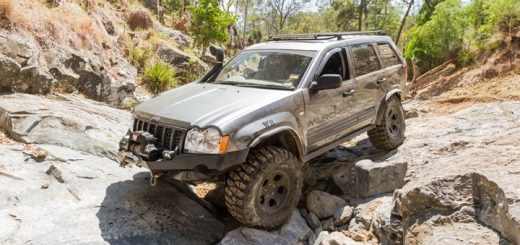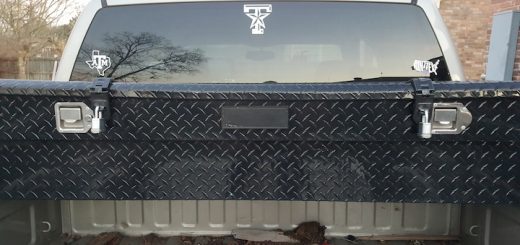A Deep Dive Into Snorkeling Essentials
In 1958 Bobby Daren sang “Somewhere Beyond the Sea”, referring to his love waiting for him on golden shores, watching the waves. But what about the wonders that dwell under those waves?
Anyone who has ever dived in deep or shallow waters knows that the aquatic world is one of wonder and mystery. Diverse fish swimming in the coral infested reaches of the seafloor, with sun rays shimmering while they refract from the water’s surface, makes for a world beyond one’s imagination.
However, to be able to reach such beauty, you need the right pieces of equipment. No need for fancy submarines or Nautiluses, just a mask, a snorkeler and a couple of side pieces of aquatic scuba gear to take you on this adventure.
Essential Pieces of Snorkeling Gear
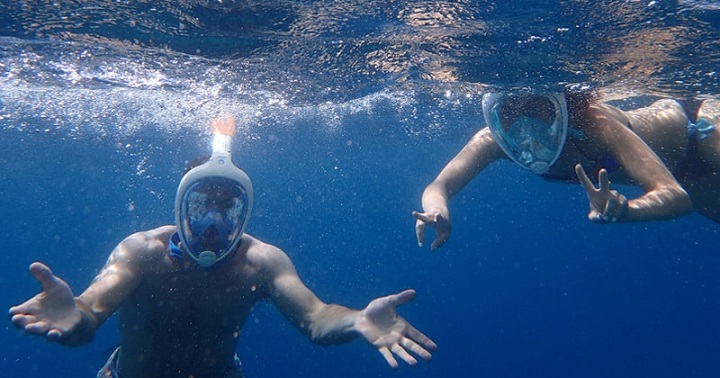
Despite the similarities, deep-sea diving and snorkelling are not the same. Water depth plays a huge role in the equipment you will need. Divers require oxygen tanks, pressure suits and more advanced pieces of tech, while those who explore the shallower coasts need lighter snorkelling gear. These items are a lot more inexpensive than their deep-sea counterparts, yet they can provide you with all the necessary benefits of quality underwater gear.
Wetsuits
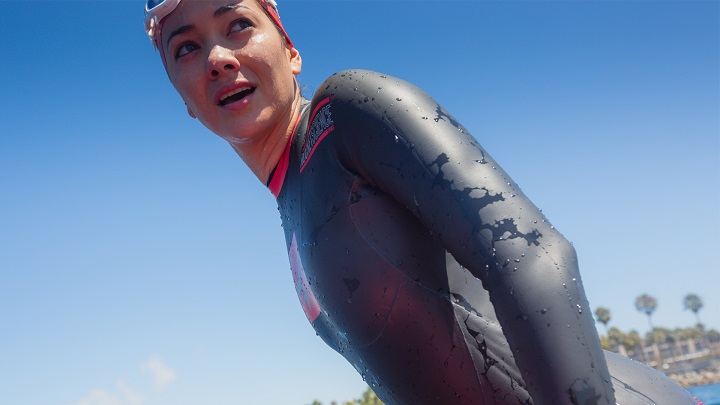
There are a few different types of wetsuit cuts. The main consideration regarding your choice should depend on the water temperature. Generally speaking, warmer waters don’t require too much coverage in which case you can opt for a shorty-styled wetsuit. Cold waters, on the other hand, do require full-body coverage in order to provide a higher level of comfort.
The material used for the making of wetsuits is neoprene, which is a synthetic rubber-polymer material, the thickness of which can vary a lot. Here are the main types.
Shorty
These end just above the elbows and knees and typically feature thinner neoprene. They are made to keep the user’s core warm while not impeding the free and comfortable movement of arms and legs. Due to the fact that they do not provide full-body warmth, these wetsuits should only be used for warm water snorkelling.
Two-Piece Suits
The two-piece consists of full pant legs connected to a sleeveless top and a jacket. This design is great for cold waters due to its double layer of insulation that does not sacrifice mobility. When it comes to colour, the blend of blue and green can turn this piece of useful snorkeling gear into a great camouflage item that might help the user blend in different types of surroundings.
Full-Body Wetsuit
The most common option is always the full-body wetsuits that cover the diver from neck to wrist to ankle. There are different levels of thickness, however, the additional coverage provides extra warmth after water enters within. The layer of water gets heated up by the skin while the suit keeps you insulated from the water outside. Full wetsuits also offer protection from corals, jellyfish, and other sea life swimming around you.
Drysuits
Unlike wetsuits, drysuits keep the water out, thus keeping the diver extra dry. In this case, thermal protection is provided from the pieces you wear underneath, but also the suit itself can add to that effect. These are mostly suitable for divers who frequently explore colder waters. Just remember that these suits are not easy to maintain and not that long-lasting, while quite expensive.
Diving Masks
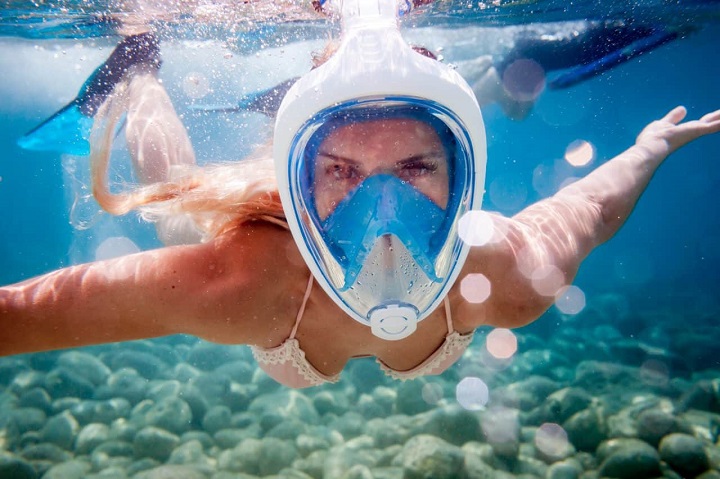
A well-fitting diving mask is your window into the waters below. It is key to determining how much you will enjoy the whole snorkelling experience. Face structures can vary a lot, which means finding a good fit depends on a few important factors. That being said, here are some mask features you need to consider.
High Volume vs. Low Volume
Low volume masks fit closer to the face, which means there is a lot less air in the mask. When it comes to high volume masks, on the other hand, the lens is further from your face. High volume masks can sometimes feature view lenses apart from the standard front lens.
Purge Valve
A mask can but doesn’t have to include a purge valve. This addition serves to clear any excess water from the mask and does so by exhaling through the user’s nose. What’s important to know is the purge valve is a one-way valve, which means that water cannot enter through it.
Clear Skirt vs. Black Skirt
This feature is entirely up to the uses preference and conformability when it comes to tightly enclosed spaces. Black skirts are recommended for taking pictures because, with them, photographers find it easier to see.
Prescription Lenses
Prescription lenses can be added to the mask to ensure full unimpeded vision underwater.
Snorkelers
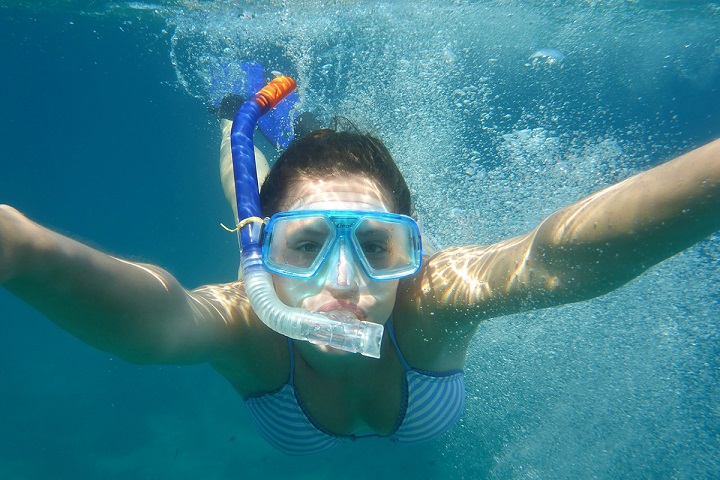
A typical snorkeler includes a mouthpiece, a snorkeler keeper and a purge valve. The two main types are semi-dry snorkels (which purge out the water that may enter from waves) and dry snorkels (with a mechanism at the top that closes off when underwater only to go into reset mode once on the surface).
Fins
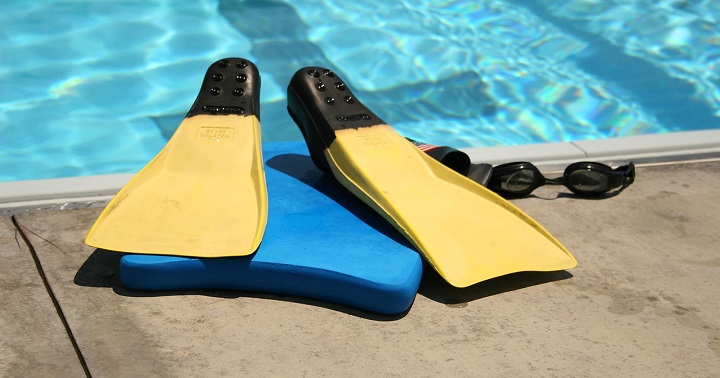
The main two categories are foot fins and strap fins with the latter being the more commonly used type. Strap fins are to be used along with boots the purpose of which is to render the fins more comfortable and eliminate chaffing. They also provide foot protection when you enter the water. Fins can also be divided into split and paddle ones. Split fins are known to provide more efficiency while requiring less energy and that translates into fewer leg cramps.
Accessories
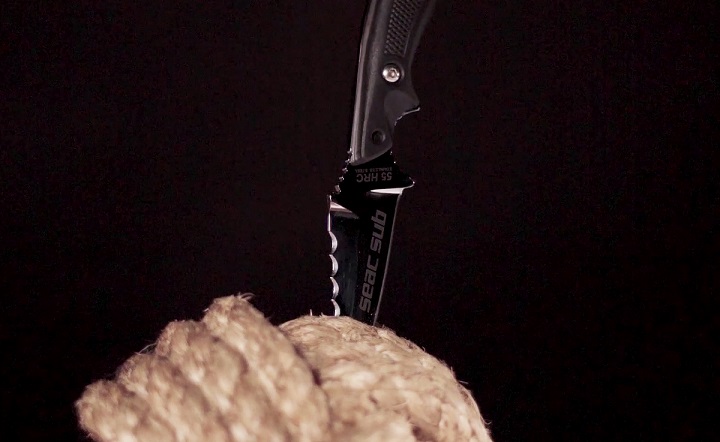
Besides the essentials, there are some pieces of miscellaneous snorkeling equipment that might come in handy for the avid snorkelling enthusiast. These vary from underwater fishing knives for protection, to waterproof electric flashlights, to spearfishing equipment to gloves and boots to name a few. All these items serve a purpose for those who know how to use them.


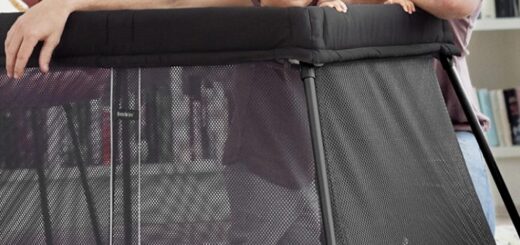



![AFX Sauber F1 C44 Stake No24 Slot Car [22092]](https://www.availableonline.com.au/wp-content/uploads/2025/06/6ccd9e30-c6fa-4910-9081-5fcc3ba80b04__60843-520x245.jpg)
